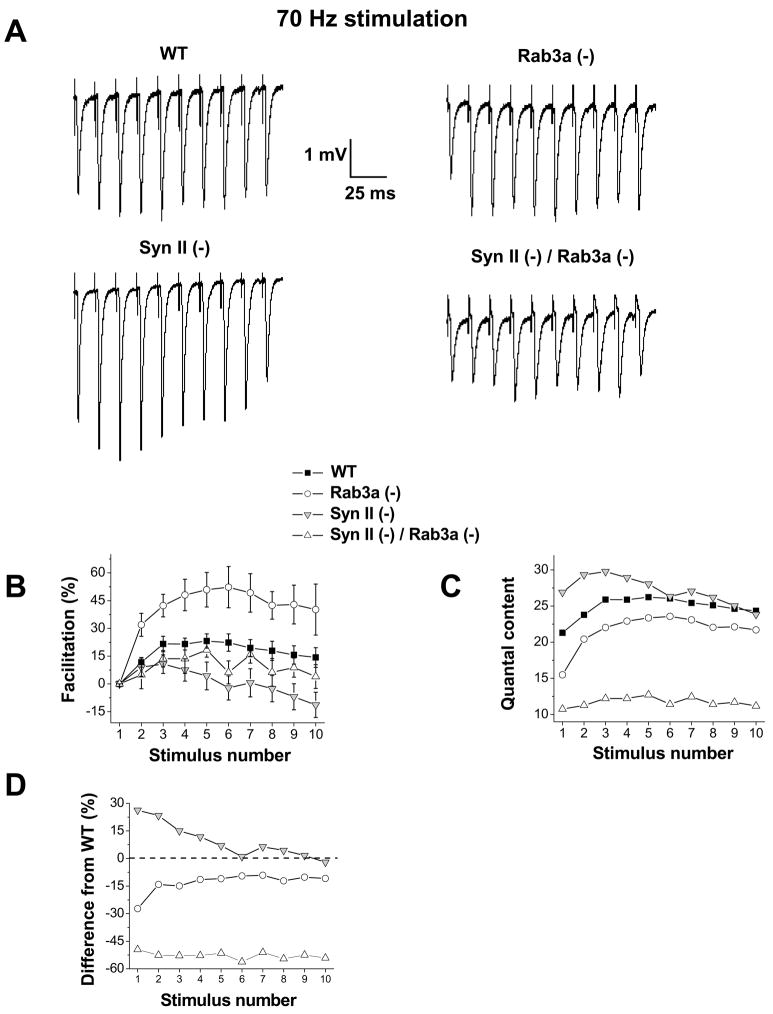Fig. 5. High-frequency stimulation mitigates the effect of single gene deletions but not the effect of the double gene deletion.
A. EPSP traces during a 70 Hz train of stimuli in WT, Rab3a (−), Syn II (−), and Syn II (−) / Rab3a (−) DKO preparations. Facilitation typically occurs within the initial 5 stimuli prior to the onset of synaptic depression.
B. Synaptic facilitation during repetitive stimulation. Rab3a (−) preparations demonstrate an increased facilitation, while Syn II (−) preparations tend to have a deceased facilitation compared to WT.
C. Rab3a (−) preparations have reduced initial quantal content. However, during repetitive stimulation, the release levels in Rab3a(−) tend to increase and approach that of WT. Syn II (−) preparations have increased initial quantal content, while during repetitive stimulation Syn II (−) release levels tend to decrease and become similar to WT levels. Syn II (−) / Rab3a (−) DKO preparations have strongly reduced quantal content compared to WT, and repetitive stimulation does not mitigate this release impairment.
D. Percent difference between the knockout preparations and WT under repetitive stimulation conditions. Data collected from 11 WT, 12 Rab3a (−), 13 Syn II (−), and 12 Syn II (−) / Rab3a (−) DKO endplates.

